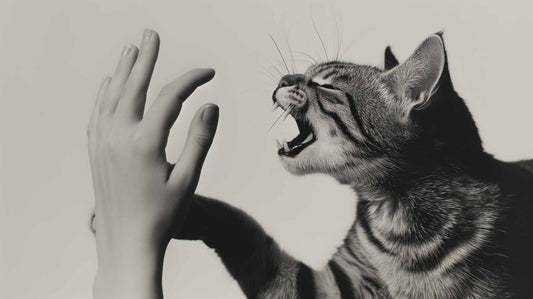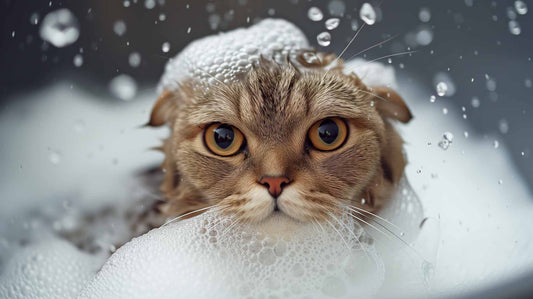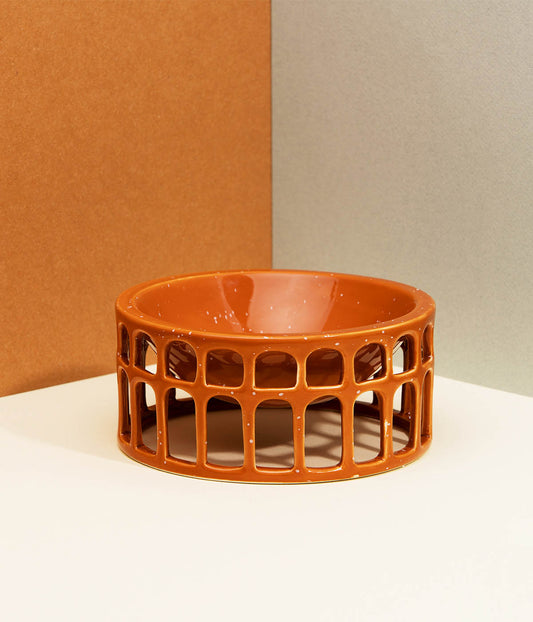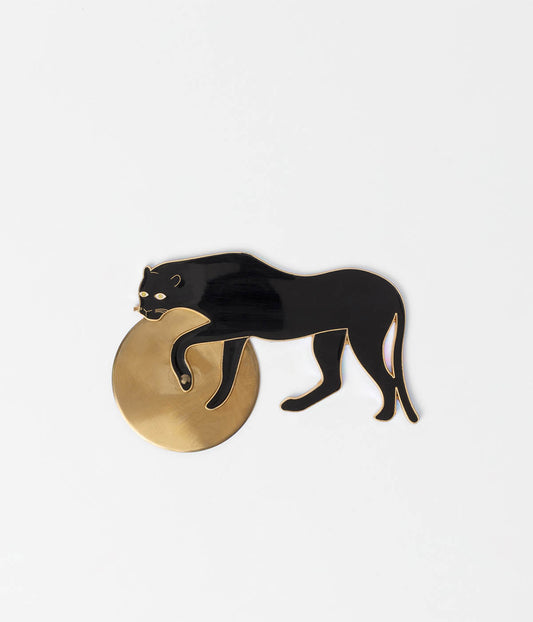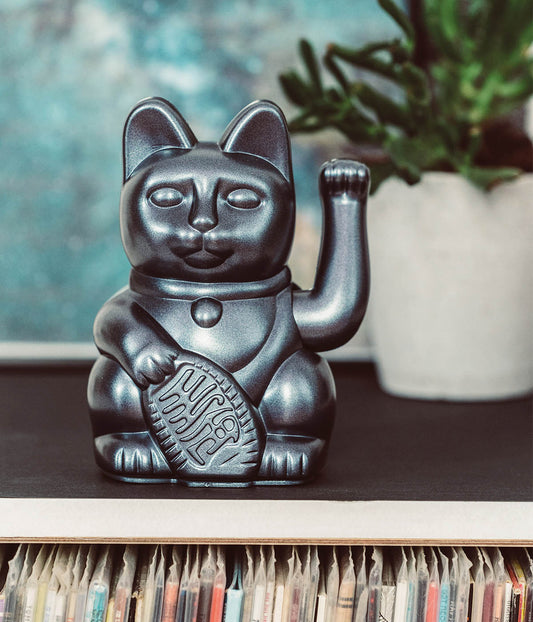
The Most Effective Methods for Discouraging Your Cat's Furniture Scratching
Marie DuchessAs a cat owner, you may have experienced the frustration of finding your furniture scratched and damaged by your furry friend. While scratching is a natural behavior for cats, it can be challenging to redirect their scratching instincts away from your beloved couch or chair. Fortunately, there are several effective methods you can employ to discourage your cat from scratching your furniture.
1. Provide Appropriate Scratching Surfaces
Cats scratch to mark their territory, stretch their muscles, and shed the outer layer of their claws. By providing your cat with appropriate scratching surfaces, such as scratching posts or boards, you can redirect their scratching behavior to a more suitable location. Choose a scratching surface that matches your cat's preferences, whether it's vertical, horizontal, or inclined.
2. Make Furniture Less Attractive
One way to discourage your cat from scratching your furniture is to make it less appealing. You can do this by covering the scratched areas with double-sided tape or aluminum foil. Cats dislike the sticky texture of tape and the crinkly sound of foil, which can deter them from scratching. Additionally, you can use a cat deterrent spray with a scent that cats find unpleasant on the furniture.
3. Trim Your Cat's Claws Regularly
Keeping your cat's claws trimmed can help minimize the damage caused by scratching. Regular claw trims not only reduce the sharpness of the claws but also prevent them from becoming too long and causing discomfort to your cat. If you're unsure how to trim your cat's claws safely, consult your veterinarian or a professional groomer for guidance.
4. Provide Enrichment and Playtime
Cats often scratch out of boredom or excess energy. By providing your cat with plenty of enrichment and playtime, you can help redirect their energy towards more appropriate activities. Engage your cat in interactive play sessions using toys that simulate hunting behavior. This will not only keep them mentally and physically stimulated but also tire them out, reducing the likelihood of furniture scratching.
5. Use Soft Paws or Nail Caps
If your cat's scratching habits persist despite your efforts, you can consider using soft paws or nail caps. These are small, vinyl caps that are glued onto your cat's claws to prevent them from causing damage when scratching. Soft paws are safe and painless for cats when applied correctly, and they usually last for several weeks before needing to be replaced.
6. Seek Professional Help
If you've tried various methods and your cat continues to scratch your furniture, it may be beneficial to seek professional help. A veterinarian or a certified animal behaviorist can assess your cat's behavior and provide tailored advice and solutions to address the issue. They may recommend behavior modification techniques or medications to help deter your cat from scratching furniture.
Remember, it's important to be patient and consistent when trying to discourage your cat's furniture scratching. With the right approach and a little perseverance, you can help your cat develop healthier scratching habits and preserve your furniture in the process.


